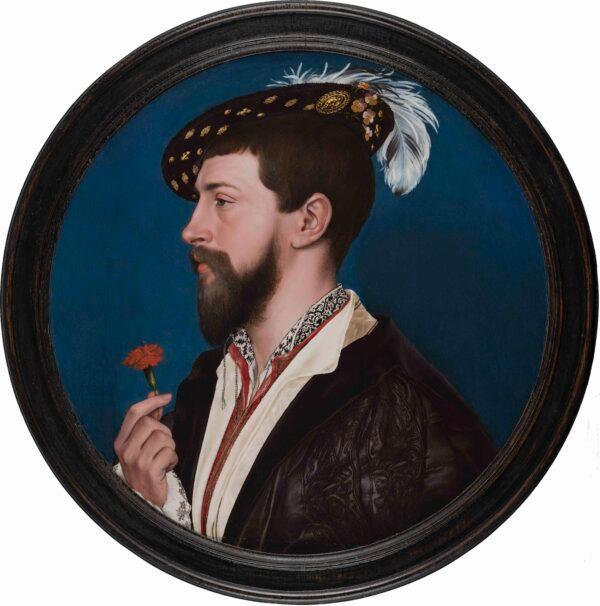Preeminent 16th-century German painter Hans Holbein the Younger is best known for his nuanced portraits of English Renaissance greats. But visitors to the upcoming “Holbein: Capturing Character” exhibition at The Morgan Library & Museum will be able to see that Holbein created so much more.
The exhibition is the first major U.S. show dedicated to Holbein’s entire career, from his artistic beginnings in the book trade in Basel, Switzerland, to the height of his career at King Henry VIII’s court in England.






